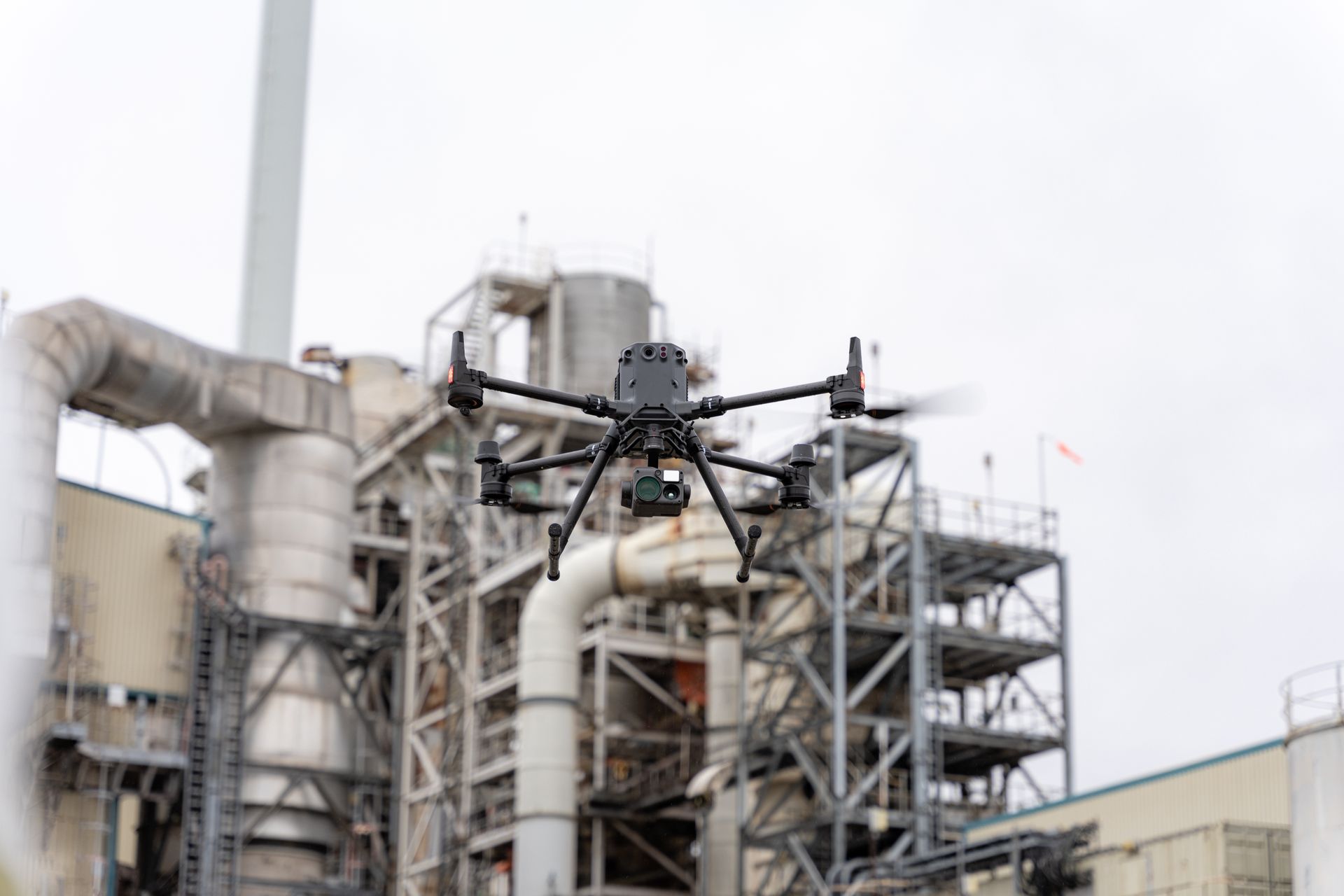CAA Takes Over Drone Safety Standards: What This Means For You
The UK Civil Aviation Authority has been appointed as the official watchdog for drone safety standards – here's what every drone operator needs to know

What's Changing in the Drone World?
The UK Civil Aviation Authority (CAA) has just been handed a significant new responsibility that affects everyone operating drones in UK airspace. As of March 2025, the CAA will serve as the official Market Surveillance Authority for drones, giving them more direct oversight of safety standards across the industry.
But what does this actually mean if you're a drone pilot or operator? Let's break it down in plain English
More Eyes on Drone Safety
This new appointment puts the CAA in charge of ensuring all drones meet the required safety standards before and after they hit the market. Think of it as quality control for the entire drone ecosystem.
The CAA will now have the power to:
- Inspect drones to verify they meet safety requirements
- Remove unsafe products from the marketplace
- Monitor compliance across manufacturers and retailers
- Investigate safety concerns more directly
For professional operators, this means that equipment carrying proper certification should be more reliable, as there's now a dedicated authority making sure corners aren't being cut.
If you're running drone operations within the rules, this change should actually make your life easier in the long run. Here's why:
- More consistent standards - With one clear authority overseeing safety, there should be less confusion about what's compliant
- Better protection from rogue operators - Those flying unsafe equipment or operating outside regulations may face more scrutiny
- Greater consumer confidence - Clients hiring drone services will have more assurance that compliant operators are using safe equipment
This change aligns with the UK government's focus on safely integrating drones into our airspace while maintaining high safety standards.
Do You Need To Do Anything?
For now, there's no immediate action required from drone operators. However, it's worth keeping these points in mind:
- If purchasing new equipment, check it meets current safety standards
- Keep documentation showing your drones comply with requirements
- Stay informed about any new guidance the CAA issues in this role
The CAA's new powers don't change existing regulations about where and how you can fly - they're focused specifically on equipment safety standards.
Our Take
This move makes sense as part of the UK's evolving approach to managing drone technology. By centralising safety oversight with the CAA - who already handle most aspects of drone regulation - operators should benefit from more streamlined and consistent standards.
For professional operators, especially those working on complex projects requiring OSC/SORA approvals, having confidence in your equipment's compliance is crucial. This change should help reinforce safety across the industry without adding significant new burdens for those already operating responsibly.
We'll keep you updated as the CAA releases more specific information about how they'll implement these new responsibilities.
Looking for support with your OSC/SORA submissions or want to join a community of UK drone professionals? Check out our support services or join our Slack community to stay informed about regulatory changes.
Latest News



